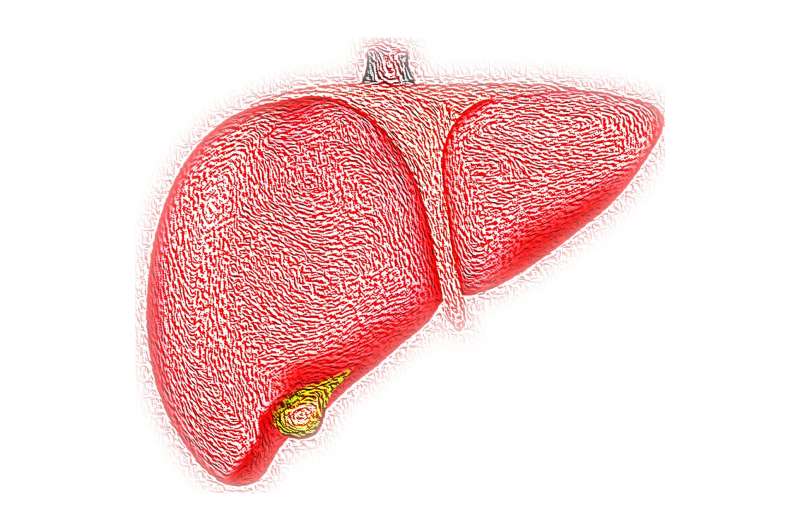New diagnostic method to determine liver cancer consistency

Universitätsmedizin Berlin have developed a new diagnostic technique which enables the grading of tumor consistency using magnetic resonance imaging (MRI). The researchers used an imaging technique known as tomoelastography to visualize the mechanical properties of liver tumors. Results from this research have been published in Cancer Research.
Liver cancer is already the fifth most common type of cancer worldwide, and its incidence is rising. People with increased liver stiffness—i.e. people whose livers have a firmer consistency—are at greater risk of developing malignant liver lesions. Both liver fibrosis (excess connective tissue in the liver) and liver cirrhosis (scarring of the liver) can increase liver stiffness. Until now, little had been known about the way in which solid and fluid tissues interact and how this interaction might affect the development of malignant liver lesions. The research team, led by Prof. Dr. Ingolf Sack of Charité's Department of Radiology on Campus Charité Mitte, used a technique known as tomoelastography and became the first researchers to show a link between the tissue's solid-fluid properties and the development of hepatic malignancies.
Tomoelastography—a term combining tomography, i.e. imaging by sections, and elasticity—is a useful imaging technique for the accurate and detailed visualization of cancer consistency. It involves patients undergoing an MRI scan, during which they are exposed to acoustic waves for approximately five minutes. The procedure enables researchers to map the spread of mechanical waves within the liver. Tomoelastography is particularly sensitive to changes in the solid-fluid tissue properties of soft tissues. As a diagnostic technique, it is therefore able to provide particularly detailed images of liver malignancies.
The study produced one key finding: hepatic malignancies contain tissues with both stiff and fluid properties, while surrounding tissues are predominantly solid. Until now, researchers had assumed that all cancers have a solid consistency. "Our findings regarding these unusual mechanical properties may be indicative of a general pattern for cancer growth," says the study's first author, Mehrgan Shahryari, adding: "Our findings may help researchers to develop entirely non-invasive means of distinguishing between benign and malignant lesions. Before we get to that stage, however, we will need further, comprehensive studies to evaluate the performance and accuracy of tomoelastography in cancer diagnosis."
More information: Mehrgan Shahryari et al, Tomoelastography distinguishes non-invasively between benign and malignant liver lesions, Cancer Research (2019). DOI: 10.1158/0008-5472.CAN-19-2150

















